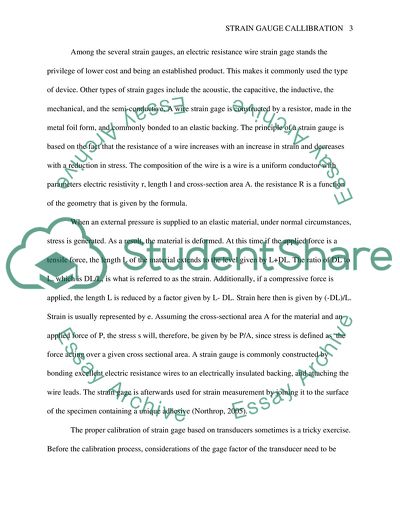Cite this document
(Strain Gauge Calibration Lab Report Example | Topics and Well Written Essays - 1250 words, n.d.)
Strain Gauge Calibration Lab Report Example | Topics and Well Written Essays - 1250 words. https://studentshare.org/formal-science-physical-science/1876883-measurement-and-instrumentation
Strain Gauge Calibration Lab Report Example | Topics and Well Written Essays - 1250 words. https://studentshare.org/formal-science-physical-science/1876883-measurement-and-instrumentation
(Strain Gauge Calibration Lab Report Example | Topics and Well Written Essays - 1250 Words)
Strain Gauge Calibration Lab Report Example | Topics and Well Written Essays - 1250 Words. https://studentshare.org/formal-science-physical-science/1876883-measurement-and-instrumentation.
Strain Gauge Calibration Lab Report Example | Topics and Well Written Essays - 1250 Words. https://studentshare.org/formal-science-physical-science/1876883-measurement-and-instrumentation.
“Strain Gauge Calibration Lab Report Example | Topics and Well Written Essays - 1250 Words”. https://studentshare.org/formal-science-physical-science/1876883-measurement-and-instrumentation.


